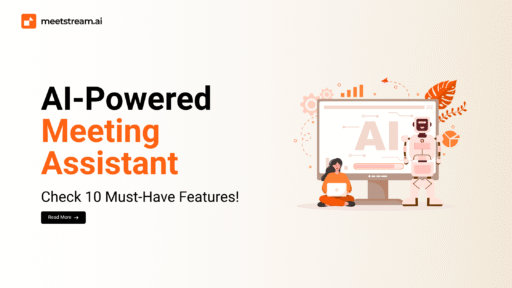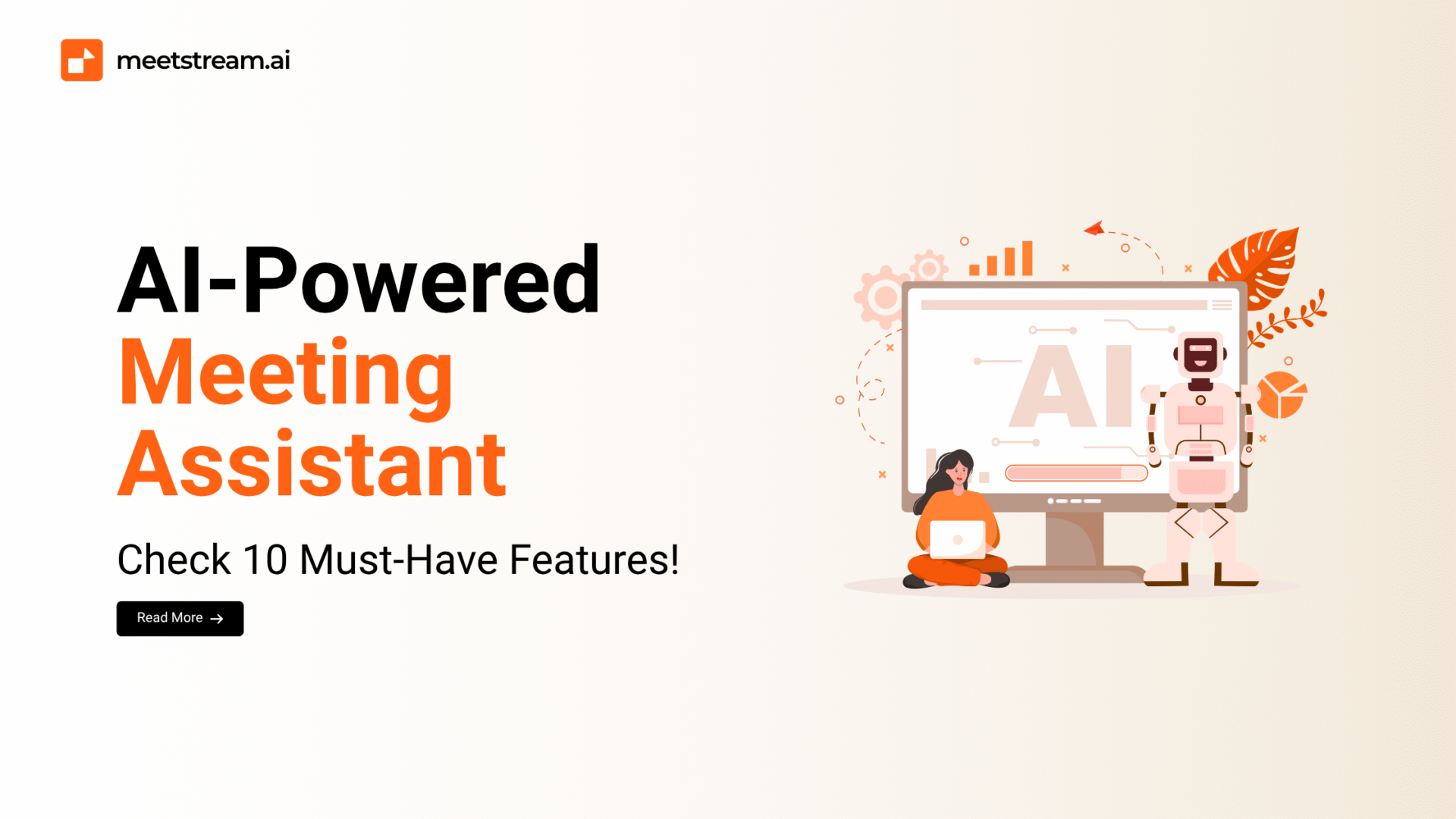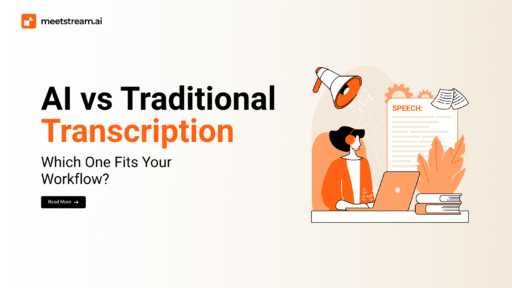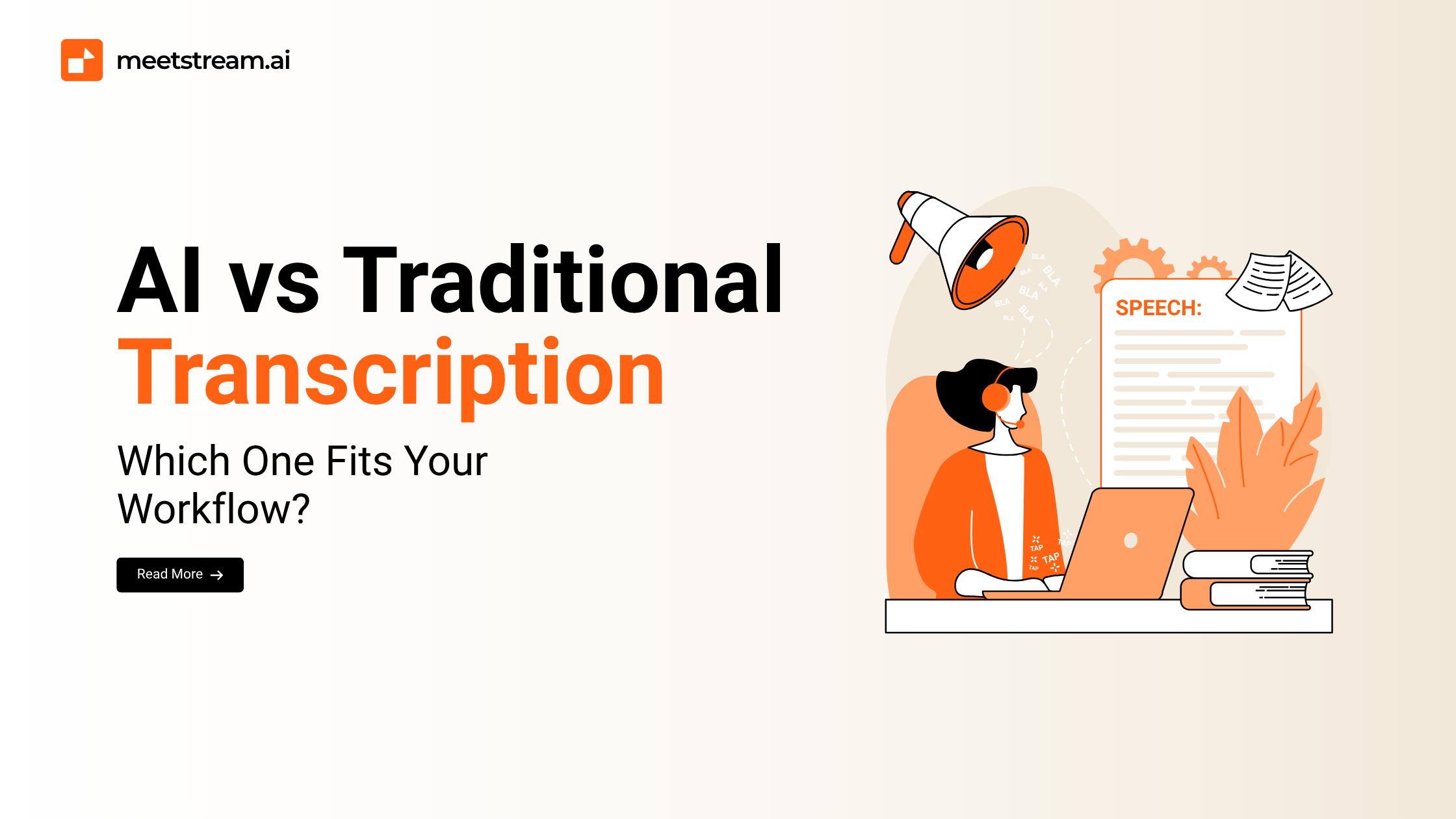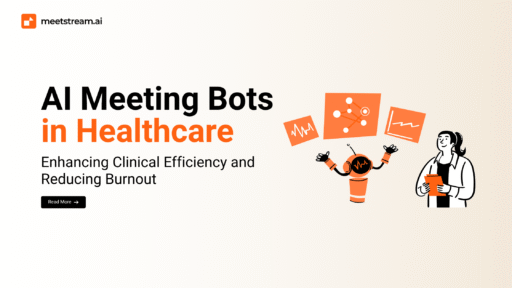In today’s fast-paced digital work culture, back-to-back Zoom calls, virtual huddles, and non-stop Slack pings have become the norm. Yet, despite their frequency, many meetings remain unproductive, mired in disorganization, unclear next steps, and digital fatigue.
Instead of driving collaboration, meetings often devolve into time sinks—draining focus, delaying decisions, and leaving teams with more questions than answers. It’s not that meetings are broken. It’s that the way we manage and execute them hasn’t caught up with how fast we now work.
That’s where AI-powered meeting assistants come in—not as passive notetakers, but as intelligent co-pilots that help teams transform every conversation into actionable outcomes, real-time follow-ups, and aligned execution.
This isn’t just about transcription. It’s about understanding context, surfacing insights, automating assignments, and synchronizing with your workflow tools—all in real time. It’s about making sure every meeting moves your team forward, not sideways.
But with a flood of AI tools claiming to “optimize meetings,” the real question isn’t if you need one, but rather: what capabilities matter when choosing an AI meeting assistant?
1. Live Transcription That Captures Every Word—Effortlessly
Real-time transcription is no longer a luxury—it’s a necessity. Today’s AI tools can instantly capture every spoken word with impressive accuracy, providing seamless live captions that eliminate the need for manual note-taking.
Whether you’re hosting a fast-paced product sprint or a global executive call, real-time transcription ensures clarity, accessibility, and full engagement.
- On-screen live captions to aid collaboration
- Multilingual transcription and translation for international teams
- Verbatim logs for compliance, recordkeeping, and reference
Imagine your product team is spread across Paris, Tokyo, and San Francisco. As ideas fly in multiple languages, the AI assistant transcribes in real-time, while simultaneously translating into each participant’s preferred language—the result: a truly synchronized global meeting.
2. Instant Summaries That Capture the Essence, Not Just the Words
An hour-long meeting shouldn’t take another hour to process. AI-generated summaries now deliver crisp, relevant overviews within seconds, turning lengthy discussions into compact insights.
More than just time-saving, these summaries improve alignment, make meetings accessible for absentees, and help leaders make decisions faster.
- Executive-ready summaries are generated before the meeting ends
- Clearly outlined decisions, insights, and tasks
- Automated email delivery to participants and stakeholders
Picture this: You wrap up a critical client presentation. Within minutes, your team receives a summary outlining objections, feedback, and agreed-upon next steps. Your follow-up strategy is already in motion.
3. AI That Listens for Tasks—Then Assigns Them Automatically
Task management doesn’t start after the meeting—it starts during it. Advanced meeting assistants now detect action items in real time, assign owners, and sync with your project tools—all without human input.
This eliminates ambiguity, improves accountability, and keeps teams on track.
- Context-aware task extraction from live conversation
- Intelligent auto-assignment based on roles or past behavior
- Integration with Trello, Asana, ClickUp, Jira, and more
During a marketing kickoff, someone says, “I’ll draft the landing page.” The AI captures it, assigns the task in ClickUp, and schedules a reminder—no manual entry, no missed handoffs.
4. Smart Scheduling and Workflow Integration That Keeps Momentum Alive
The best AI meeting tools don’t stop when the call ends—they initiate next steps and bridge the gap between planning and execution.
From scheduling follow-ups to triggering workflows in your CRM or product management system, smart assistants ensure that meetings lead to motion, not just notes.
- Automated scheduling of follow-ups, demos, or reviews
- Native integrations with tools like Salesforce, Monday.com, and GitHub
- Smart reminders, progress tracking, and milestone updates
After a product feedback call, the assistant books the next roadmap review, updates Jira with new tickets, and sends out a summarized task list, with owners and deadlines attached. Momentum continues—without extra admin work.
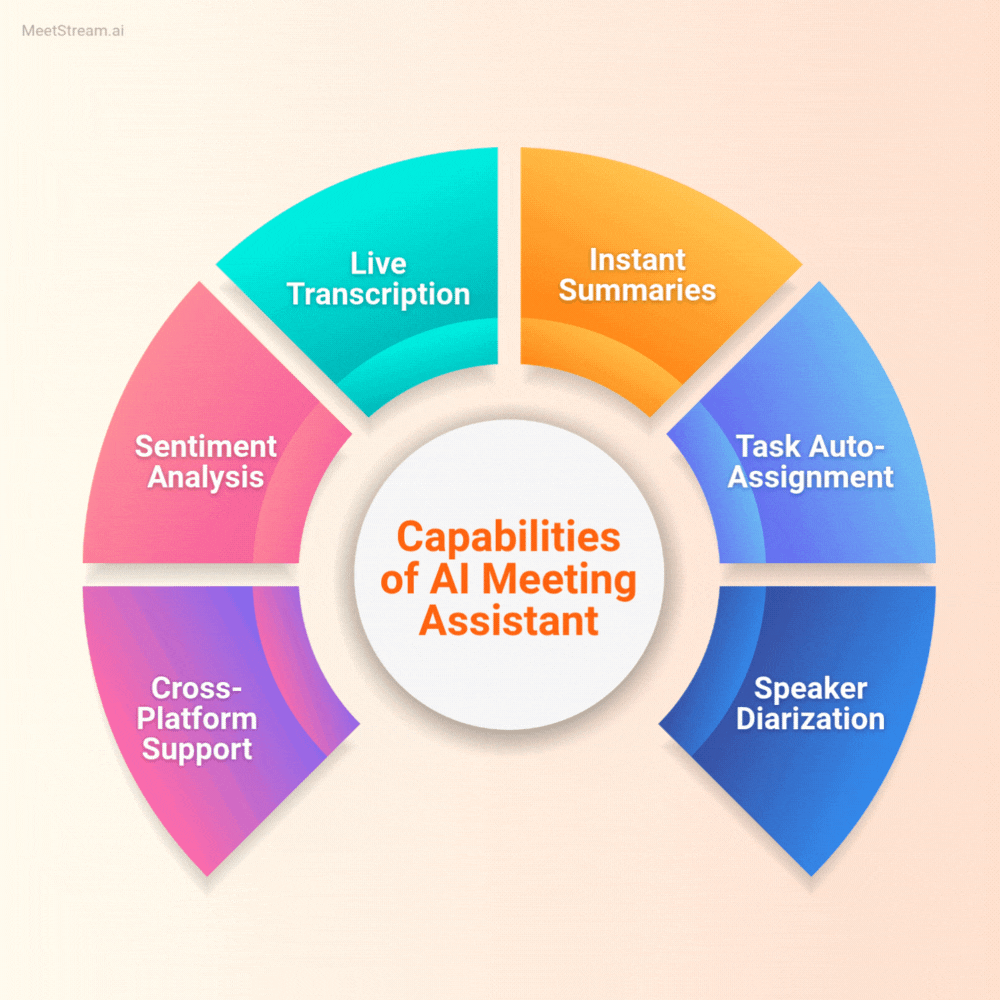
5. Speaker Diarization: Know Exactly Who Said What, and When
In collaborative meetings—especially those involving multiple departments or stakeholders—speaker diarization becomes indispensable. With advanced voiceprint recognition, your AI assistant can differentiate speakers in real time, attributing every comment to the correct person.
This isn’t just about labeling transcripts—it’s about building accountability, improving clarity, and making complex conversations navigable and searchable.
- Automatically tagged dialogue with speaker names
- Filter transcripts and summaries by individual, team, or function
- Essential for compliance audits, board meetings, and cross-functional collaboration
Instead of piecing together different tools to achieve transcription, diarization, task tracking, and integrations, developers can now build it all in one go with Meetstream.ai.
Meetstream provides the API infrastructure to create powerful, custom meeting bots for any purpose — from capturing and summarizing discussions to assigning tasks and syncing with your team’s existing tools.
This means you can embed advanced meeting intelligence directly into your product or internal workflow without reinventing the wheel, ensuring that every conversation becomes actionable and every meeting outcome is crystal clear.
6. The Google of Your Meeting History: Instantly Searchable Archives
Imagine if every meeting your organization ever held became a searchable, structured knowledge base. That’s exactly what AI meeting assistants now offer—indexing your archives so you can retrieve key moments, decisions, or context in seconds.
When institutional knowledge is locked in someone’s memory—or worse, lost when they leave the company—it creates knowledge gaps. With AI-indexed meeting history, your team retains critical business intelligence, accessible anytime.
- Full-text search by keyword, topic, speaker, or timeframe
- Ideal for onboarding, retrospectives, and audit trails
- Maintain continuity across teams, quarters, and leadership transitions
A new product lead wants to understand “Q3 roadmap discussions.” One search later, she’s reviewing related clips, summaries, and speaker quotes—without having to ping three team members or dig through folders.
7. Emotionally Intelligent AI: When Mood Meets Meaning
Meetings aren’t just data exchanges—they’re emotional touchpoints. With built-in sentiment analysis, your AI assistant reads between the lines, tracking emotional cues like stress, disengagement, positivity, or uncertainty in real time.
This emotional intelligence adds a new dimension of insight, especially for people leaders, HR, and managers trying to foster a healthy workplace culture.
- Individual and team-level sentiment tracking
- Trend reports over time (meeting by meeting or weekly summaries)
- Real-time alerts for signs of burnout, low morale, or conflict
For example, HR receives a weekly insight: “Team sentiment declined by 20% over the last three meetings.” This triggers a proactive check-in, potentially resolving tension before it escalates into turnover or disengagement.
8. Voice-Control: Command Your Meetings, Hands-Free
In the age of multitasking and remote collaboration, hands-free interaction is no longer a nice-to-have—it’s essential. With natural voice control, your AI assistant becomes a truly frictionless collaborator, ready to respond in real time to spoken commands without breaking your flow.
Whether you’re leading a client presentation, annotating on a digital whiteboard, or simply away from your keyboard, voice-activated features ensure that productivity never pauses.
- Use voice to bookmark key discussion points or decisions
- Assign follow-ups and action items verbally, mid-conversation
- Start, pause, or end recordings with simple spoken instructions
Imagine you’re in the middle of a strategic pitch and say, “Flag this for follow-up.” Instantly, your assistant tags that moment for later review—no typing, no interruptions, just streamlined control.
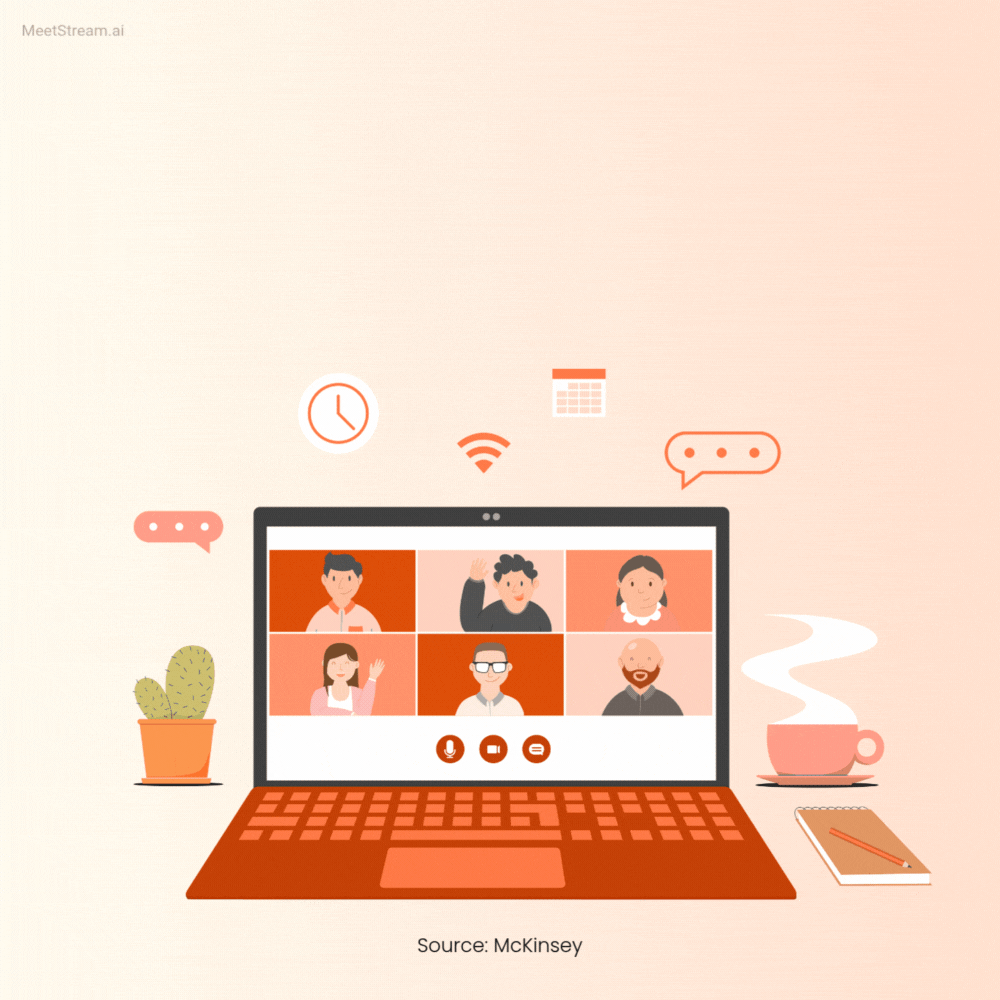
9. One Assistant for Every Platform: Unified Across Your Stack
In today’s hybrid and decentralized work environments, teams communicate across a constellation of platforms—Zoom, Microsoft Teams, Google Meet, Slack, Webex, and more.
The modern AI assistant must move seamlessly across all of them, keeping meetings and insights unified no matter where they happen.
A cross-platform meeting assistant eliminates silos, syncs data across tools, and ensures consistency, whether you’re hopping between calls or collaborating asynchronously.
- Plug-and-play functionality with major video and chat platforms
- Centralized meeting intelligence dashboard
- Harmonized performance across devices, browsers, and systems
You’re on a Zoom sales call at 9 AM, a Teams sync at noon, and a Slack huddle before EOD. No matter the platform, your assistant is there, capturing, processing, and aligning everything into a single source of truth.
10. Built-In Trust: Enterprise-Grade Privacy, Security, and Compliance
In sectors like healthcare, finance, legal services, and government, data privacy and regulatory compliance are non-negotiable. One breach could cost millions or damage hard-earned trust. That’s why the best AI meeting assistants are designed with a security-first architecture from the ground up.
From encrypted transmissions to strict access control and globally recognized certifications, your assistant should meet—or exceed—enterprise expectations for data protection.
- End-to-end encryption for recordings, transcripts, and metadata
- Fully compliant with GDPR, HIPAA, CCPA, SOC 2, ISO/IEC 27001, and more
- Custom permission settings, audit logs, and role-based access controls
For instance, a hospital team reviews sensitive patient information during a virtual care meeting. With HIPAA-compliant encryption and granular access control, they know every word is protected, and every record is traceable and secure.
Don’t Just Take Notes—Take Action
The true power of an AI meeting assistant lies in what it helps you do after the meeting. It’s not just about listening; it’s about understanding, organizing, and catalyzing execution.
A modern assistant transforms scattered insights into cohesive strategies—assigning tasks, highlighting risks, capturing tone, and syncing outcomes across tools.
Before choosing one, ask yourself:
- Does it fit naturally into your team’s workflow and platforms?
- Is it scalable for your organization’s current and future needs?
- Is your data safe, private, and fully compliant?
- Can it be tailored into something uniquely yours?
Build Smarter, Not From Scratch — with Meetstream.ai
AI meeting assistants are only as good as how well they fit your workflow.
With Meetstream.ai, you can build exactly what your team or customers need — powered by a secure, developer-ready API that handles transcription, summaries, action items, and more.
Don’t settle for generic. Create the meeting bot that works your way.

